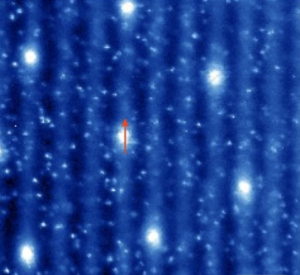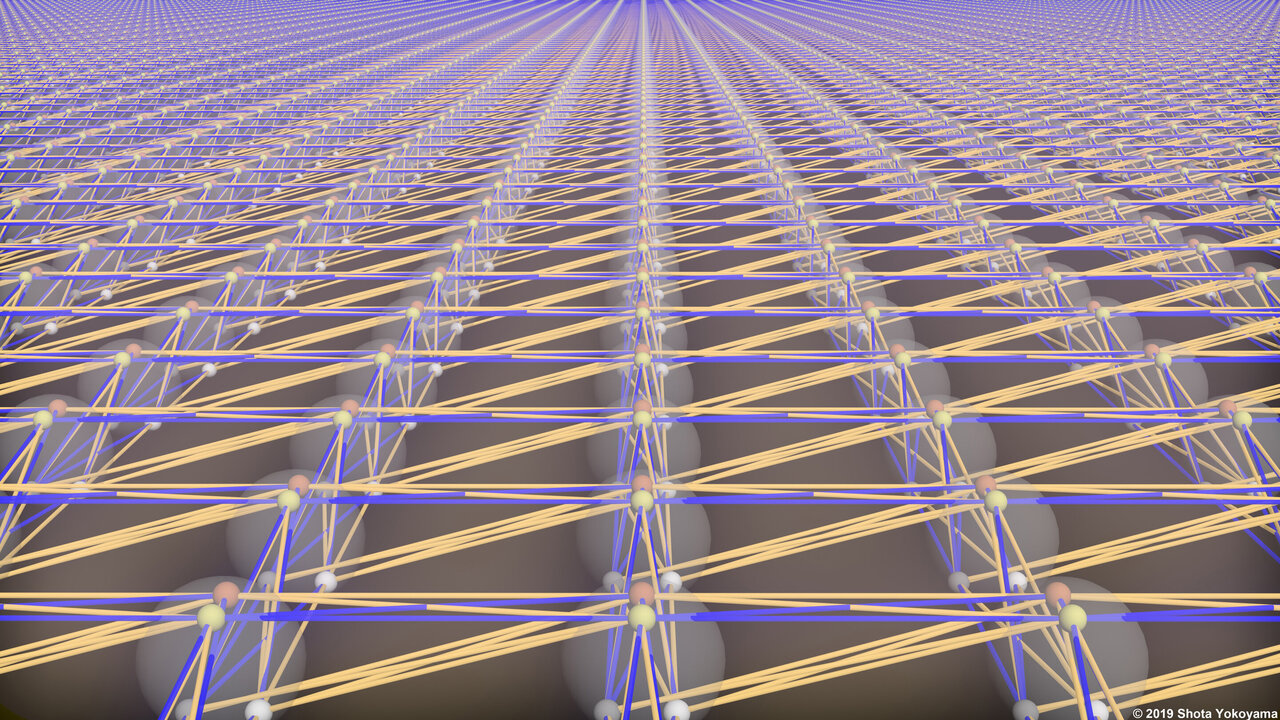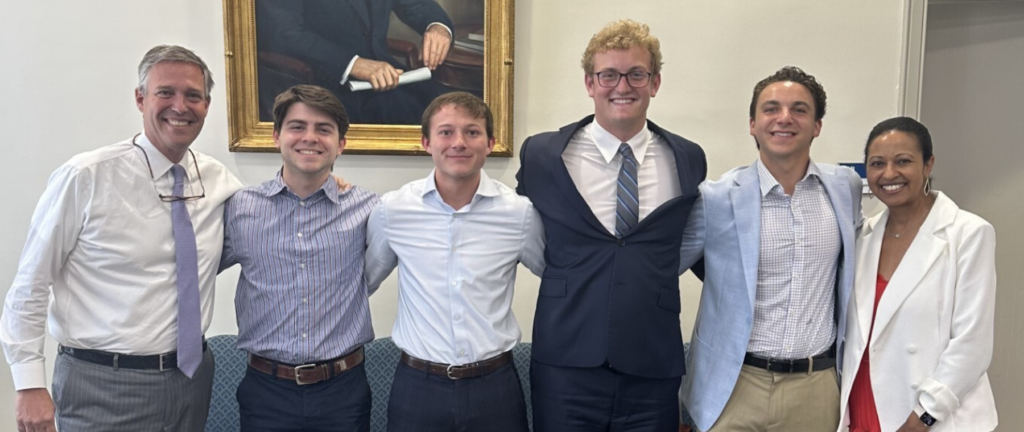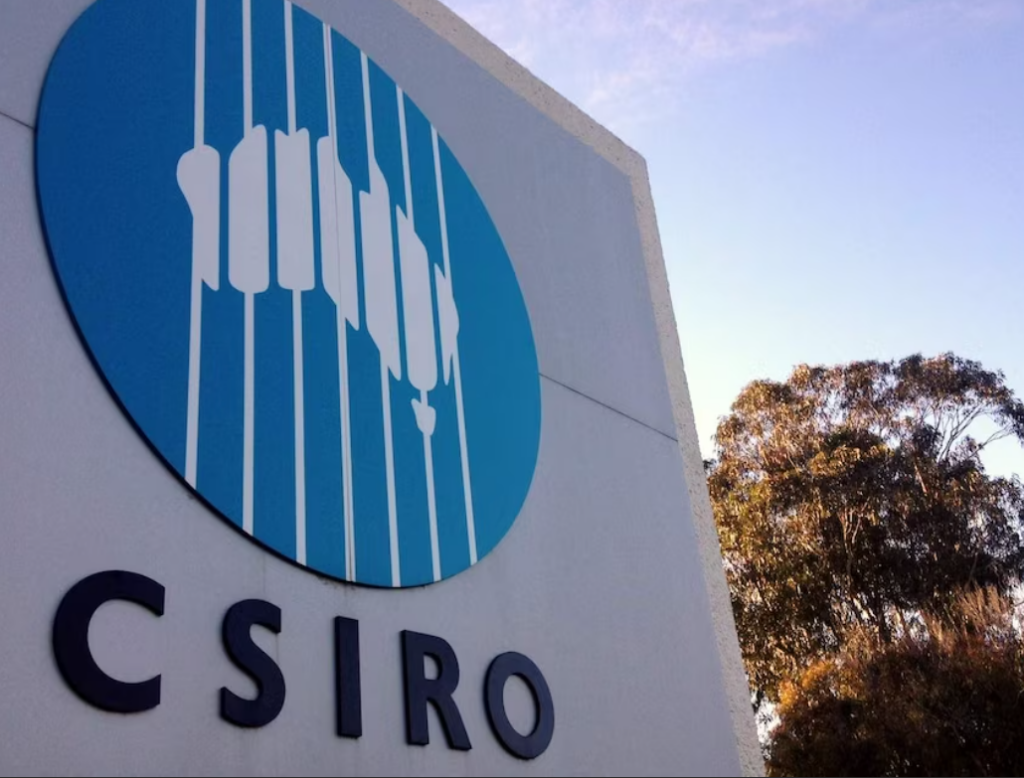
Scientists may be able to weave together a topological quantum computer, according to a team of researchers from China, Japan and the U.S.
In a study published in Nature, researchers said they were able to create an ordered and tunable Majorana-zero-mode (MZM) lattice, which they say could serve as the backbone for topological quantum computers. Topological quantum computers rely on unitary quantum gates that result from the braiding of certain topological quantum objects — quasiparticles — called anyons. A quasiparticle or defect supporting a MZM is one of the simplest versions of a non-Abelian anyon.
Researchers have investigated iron-based superconductors with topological bandstructures as leading candidates for a system because scientists have observed isolated candidate MZMs in the quantum limit inside the topological vortex cores. However, these materials suffer from a few issues including alloying induced disorder, uncontrolled vortex lattices and a low yield of topological vortices

In this study, the researchers used an external magnetic field to detect that more than 90 percent of the vortices are topological and possess the characteristics of isolated MZMs at the vortex center. This, then, forms an ordered and tunable MZM lattice.
Creating an ordered and tunable MZM lattice can tackle one of the biggest stumbling blocks of quantum computers — vulnerability to environmental noise. Overcoming this noise could lead to quantum computers that can be reliable enough for practical use.

“Four MZMs can be woven into a topological qubit, which is considered an important way to achieve fault-tolerant topological quantum computing,” Gao Hongjun, one of the lead researchers behind the work, told Wenhui Daily.
The research team included Meng Li, Geng Li, Lu Cao, Xingtai Zhou, Xiancheng Wang, Changqing Jin, Ching-Kai Chiu, Stephen J. Pennycook, Ziqiang Wang and Hong-Jun Gao. Institutions leading the effort included University of Chinese Academy of Sciences, RIKEN and Boston College.
If you found this article to be informative, you can explore more current quantum news here, exclusives, interviews, and podcasts.




















